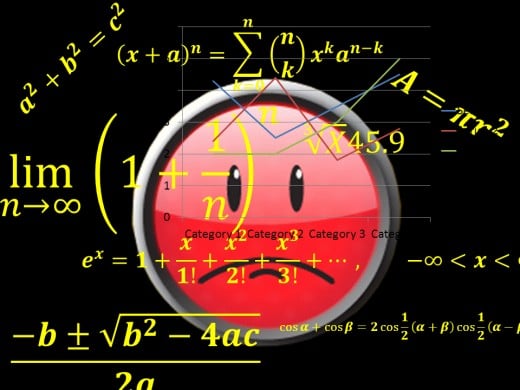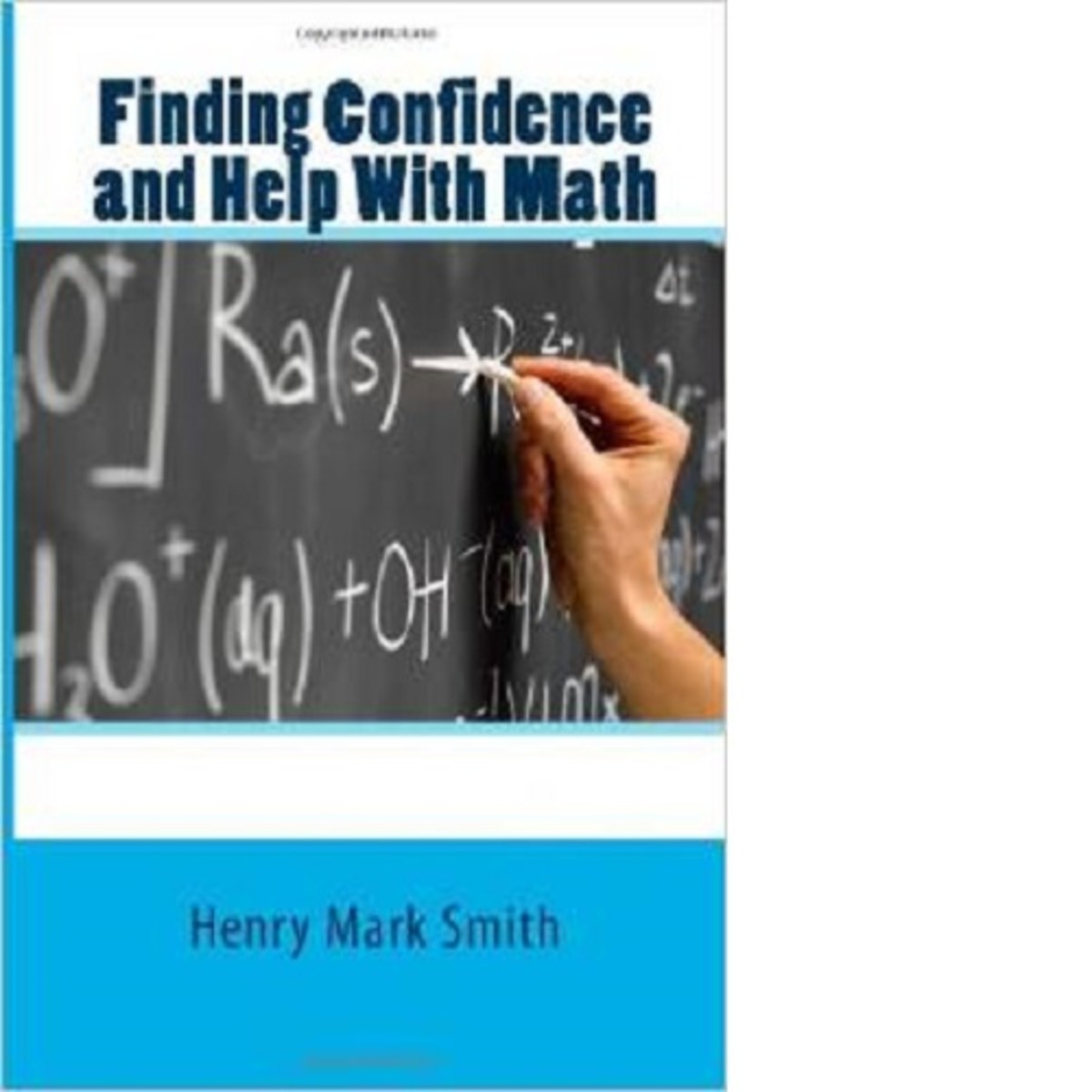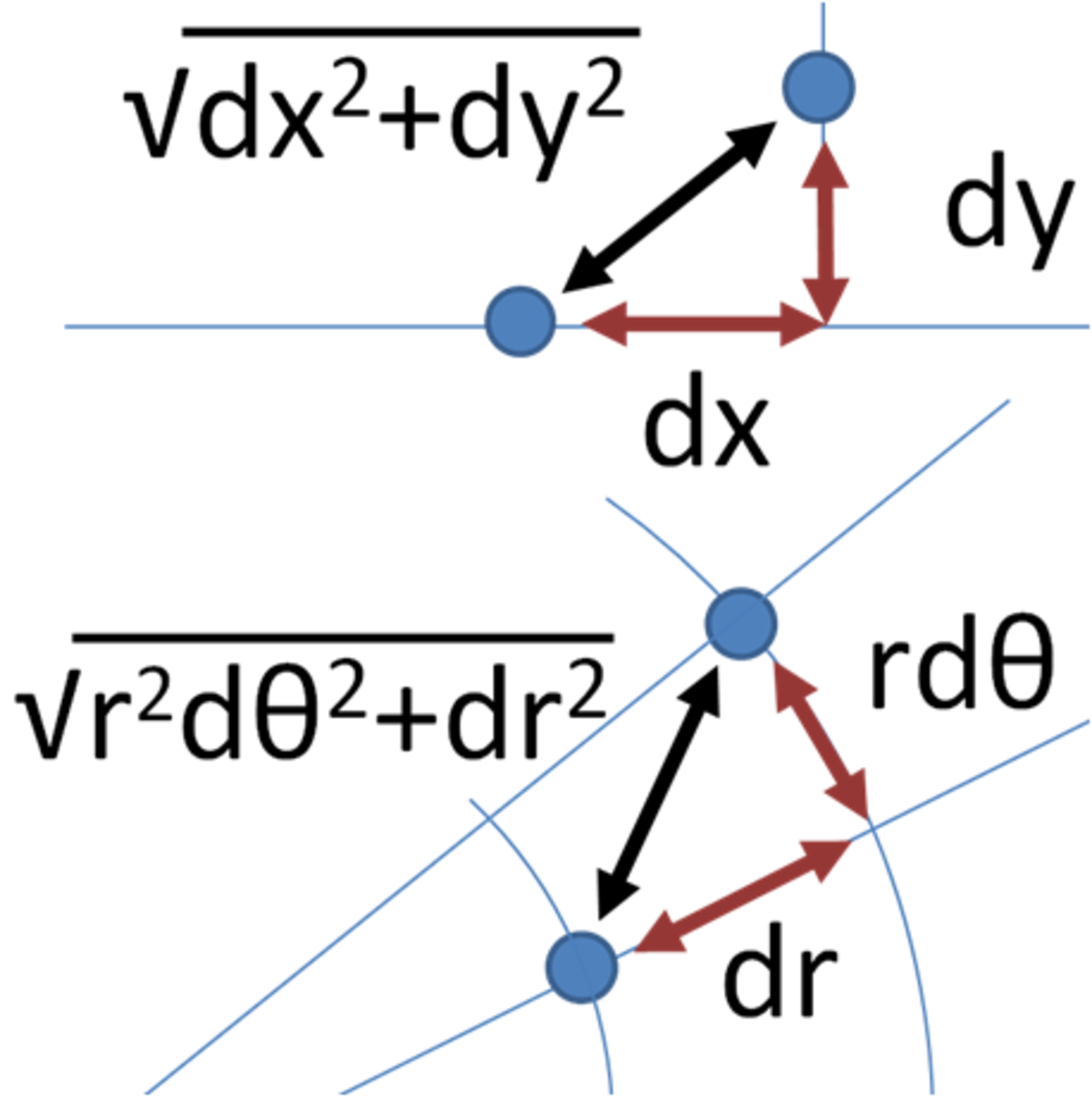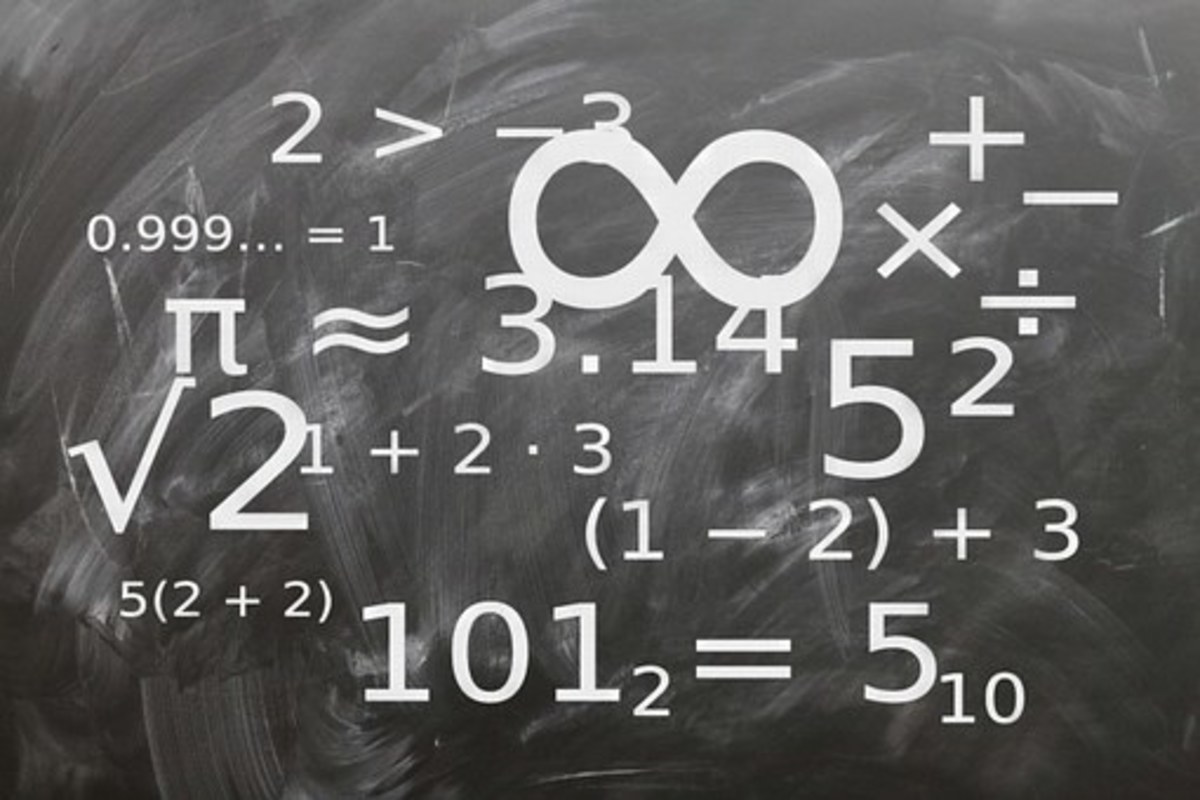Declining Mathematics Proficiency: A Math Problem Worth Solving

The Sad Reality
You don’t need to be a math genius to appreciate math. Likewise, it does not take life-altering trauma to hate it. The truth is math is a huge problem for many students. The United States is ranked 25 out of 30 when it comes to mathematics. The data came from the 2006 PISA math assessment of level 6 students. On the other hand, the Trends in International Mathematics and Science Studies (TIMSS) puts the United States at 11th position in a survey done in 2007. For this ranking, grade 8 students were used in the study. No matter what statistics you look at, it is obvious that math is not a favorite of many students.


Teacher Problems
So what is happening? Why are students failing in math? The National Commission on Math and Science Teaching in the 21st Century a.k.a. Glenn Commission was tasked to answer this question. More than that, the commission was tasked to propose ways to combat the decline. The commission, after their study concluded that the culprit to America’s continued math slump is the lack of teacher training.
Moreover, only 41% of 8th graders are taught math by teachers who are math major. Compared to other countries, the figure shoots up to 71%. This disparity clearly shows how disadvantaged grade 8thstudents are when it comes to math.
The statistics are startling! But what is more important to contemplate on is why it got this bad.
Curriculum Concerns
Another factor in the decline of student performance in math is the curriculum. Is there enough foundational training for students? With a subject like math, mastering the basics is paramount. Unfortunately, students move up without fully mastering the necessities. As such, they are not equipped to handle more complicated mathematical problems and operations.
It is no wonder why failure rates increase as the students go up the educational system. Of course there are those who shine out. But the cause for concern is the increasing numbers who fail.
Do you think there is a decline in math proficiency among students?
Meaningful Math
Dr. James Asher Ph.D. Emeritus Professor of Psychology, San Jose State University San Jose, California comments that the failure in math is brought about by the “assumption that problems make sense to students”. This underscores the lack of proper teaching strategies and understanding of the student. Truly, math is an abstract subject. Teachers must recognize the level of understanding of the students in order to provide meaningful examples and problems.

Math Anxiety
The Math Anxiety Rating Scale is a tool used to determine the level of anxiety a student has. Now, let’s contemplate on this for a moment. We actually have a scale and a tool to measure math anxiety. The problem then must be truly grave! According to the developers of the scale, math anxiety is a feeling of stress when manipulating numbers or solving problems. Moreover, the situation in which tension is felt is not confined in the classroom. In fact, math anxiety can be experienced anywhere and anytime.
Math anxiety involves 3 domains. The first is social and motivational. This focuses on the student’s circle of influence – family, friends and society as a whole. How the students behaves towards math is directly related how his circle influence behavior. On a simplified scale, if the circle of influence hates math, chances are, the student will also hate it.
The intellectual and educational domain on the other hand deals with the student’s cognition. Math involves specific skills and knowledge. As such, the student’s perception on his success or failure in acquiring these skills is considered.
Lastly, the psychological and emotional domain focuses on the student’s emotional capacity. Moreover, the student’s reaction to stress is given emphasis here. The ability to handle stress can cope with the rigors of mathematics.
In Retrospect
Students have to contend with teachers without ample qualifications. Also, they are forced to learn using a curriculum that does not scaffold learning. Furthermore, we have the student’s sphere of influence that greatly impact his behavior towards math. In addition, the students own cognition and emotional domains that affect his future with math. The truth is there is no single reason to pinpoint.
The question now is what to do to rectify this decline.








